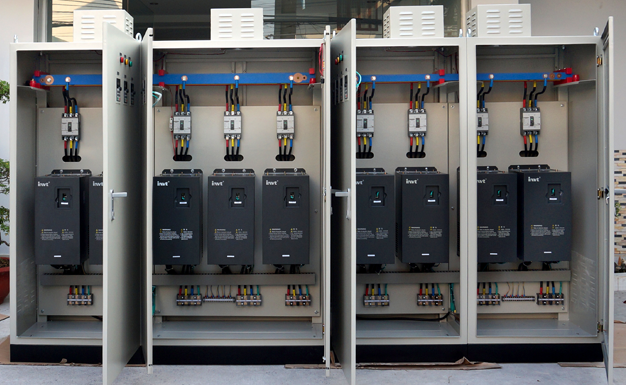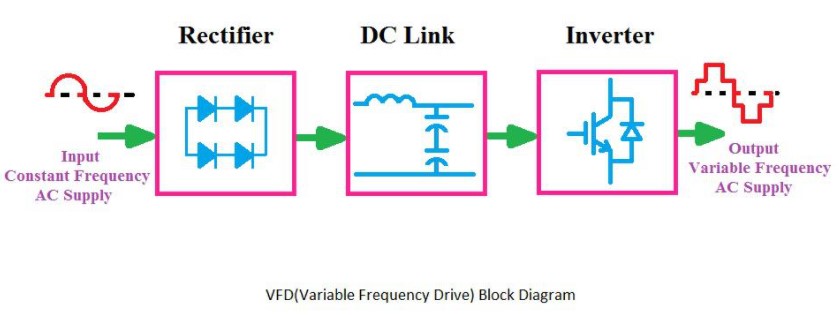Inverter is also known with another name in English which is “inverter”. However, in reality, the main phrase of the inverter in English is Variable Frequency Drive. In real life, inverters are applied a lot, it is impossible to mention all the features and advantages that it brings. In this article, we will learn about the advantages of inverters together.

1.What is the advantage of inverter?
There are many reasons why inverters are a very popular choice for many consumers.
The most important reason for the popularity of inverters is their low energy consumption and low setup costs.
The inverter will provide high efficiency in terms of operating productivity and in terms of energy consumption comparable to any device in the same segment as the inverter.
In large factories where large horsepower motors are required, the inverter will provide low power consumption, which reduces energy consumption and potentially saves energy costs.
The inverter helps to limit the starting current in the starting and stopping conditions of the motor. This will help reduce intrusive loads on the power line and also be a very safe shield for expensive machinery engines.
More specifically, the maintenance cost of the inverter system is not too high.
The inverter also has the option of connecting multiple motors that can be controlled by a single inverter. This will further reduce system setup costs.
2.Working principle of inverter biến

The operating principle of the inverter is divided into the following stages:
#Bridge rectifier stage: input converter
This stage consists of high power diodes which will be arranged in a conventional bridge configuration. The AC power supply will be saved as DC power.
#Filter stage: DC Bus
The DC power through the above step will be filtered through the remaining harmonics using both coils and capacitors. During this stage it will help to make the output of the motor completely ripple-free.
#Inverter
This is the stage that converts DC from the DC bus back to AC but in a special way forms the brain of the circuit consisting of sophisticated microcontrollers designed and programmed to help vary the output frequency along with with the corresponding voltage.
Also generate 3-phase output from 1-phase input, in this stage will make inverter control AC motor speed.
#Phase using microcontrollers and IGBT: the first inverter
The command from the stage on the microcontroller IC will be sent to the insulated gate bipolar transistor output IGBT to convert the voltage received from the DC bus into small steps.
To be able to do this, the ICs will use PWM technology and convert DC into sine waves.
The longer the switching time of these waves, the higher the voltage at the output of the motors will be and vice versa.
This process will actually be responsible for two very important functions: varying the output voltage without wasting electricity. Even more special is to change the frequency and at the same time at a certain speed to keep the torque and flux constant.
3.Practical application of inverter
Currently, inverters are often used in many production lines of factories.
The inverter helps control the factory’s cooling motor according to the signal from the temperature sensors. In this case, the cooling fan will be turned on when the factory air temperature reaches the high temperature point.
When this temperature set point is reached, the cooling fan will slow down to maintain the air temperature unless it drops below the low temperature set point.
The inverter may turn off the fan motor or slow down. However, if the contact temperature rises above the high-altitude set point, the fan will need to spin faster.
That is also the reason why a control inverter is needed.
If the application only turns on or off the fan based on temperature and does not change the speed, soft start will be a good choice.
Inverters are used in controlling conveyors, packaging machines, elevators, and rolling mills, helping to operate more efficiently, the speed slows down steadily or rapidly without sudden.

 Tiếng Việt
Tiếng Việt